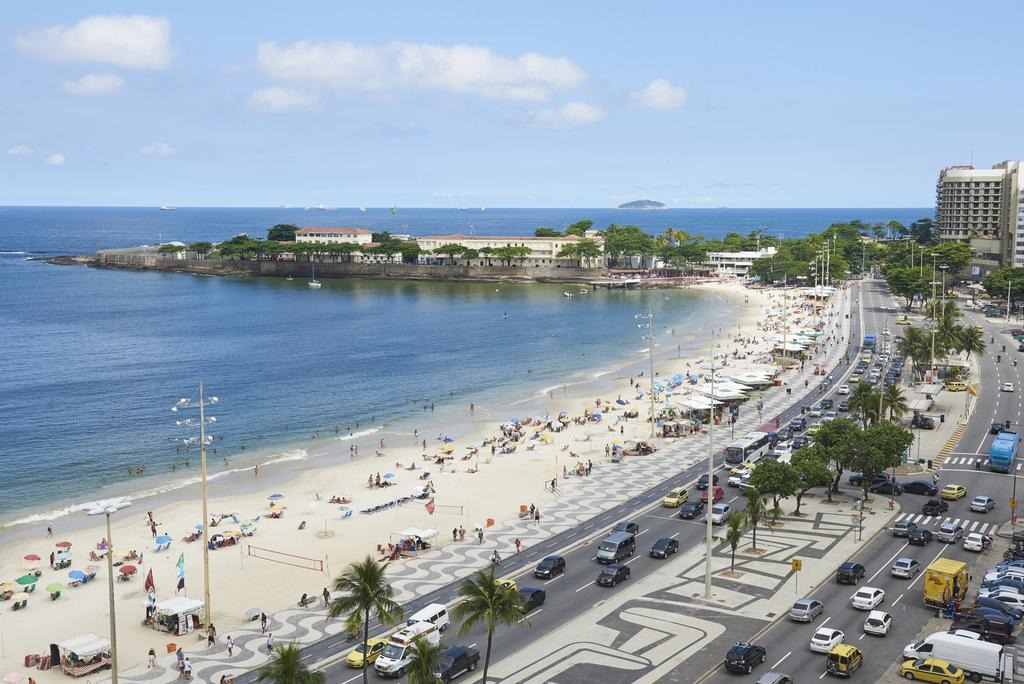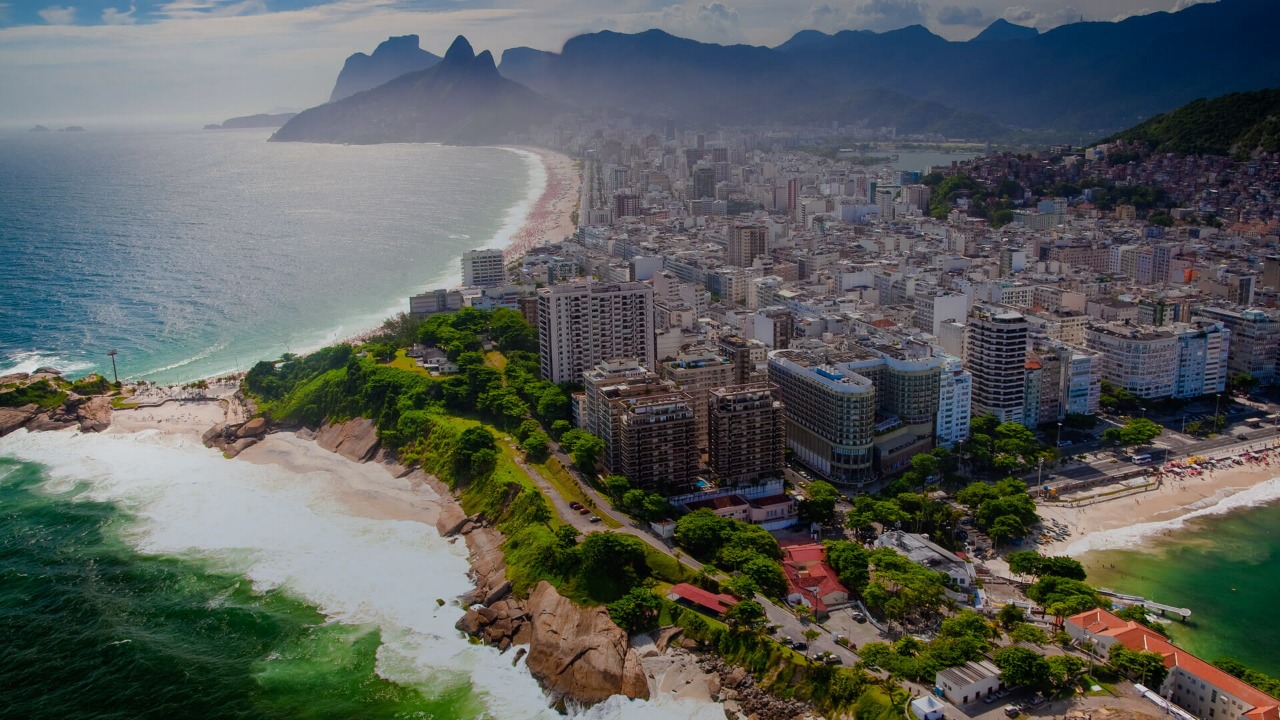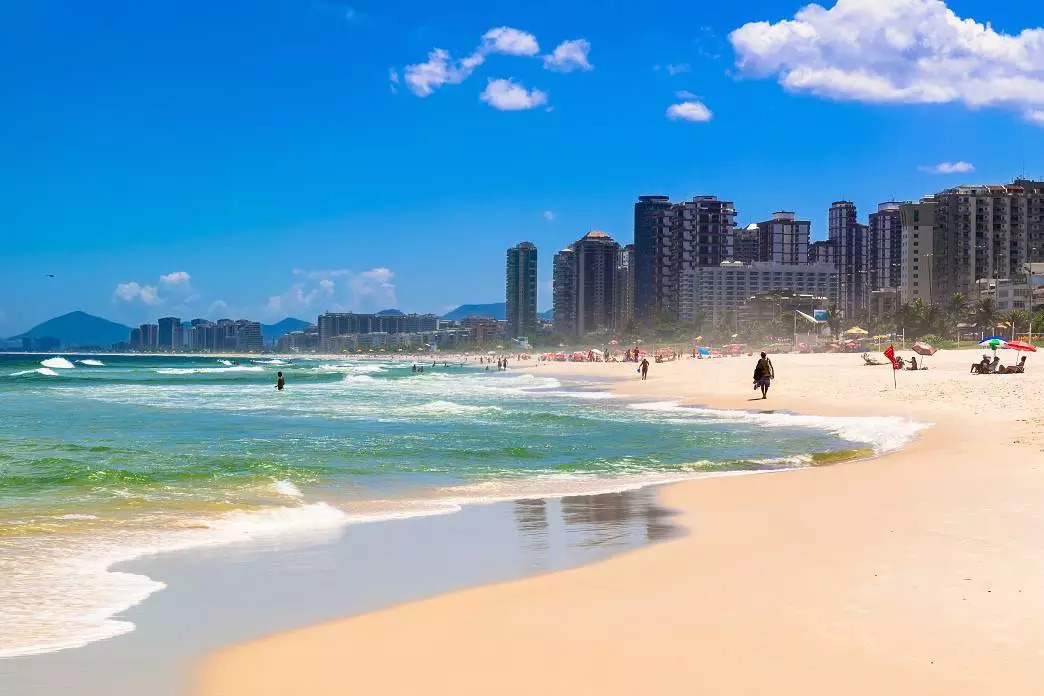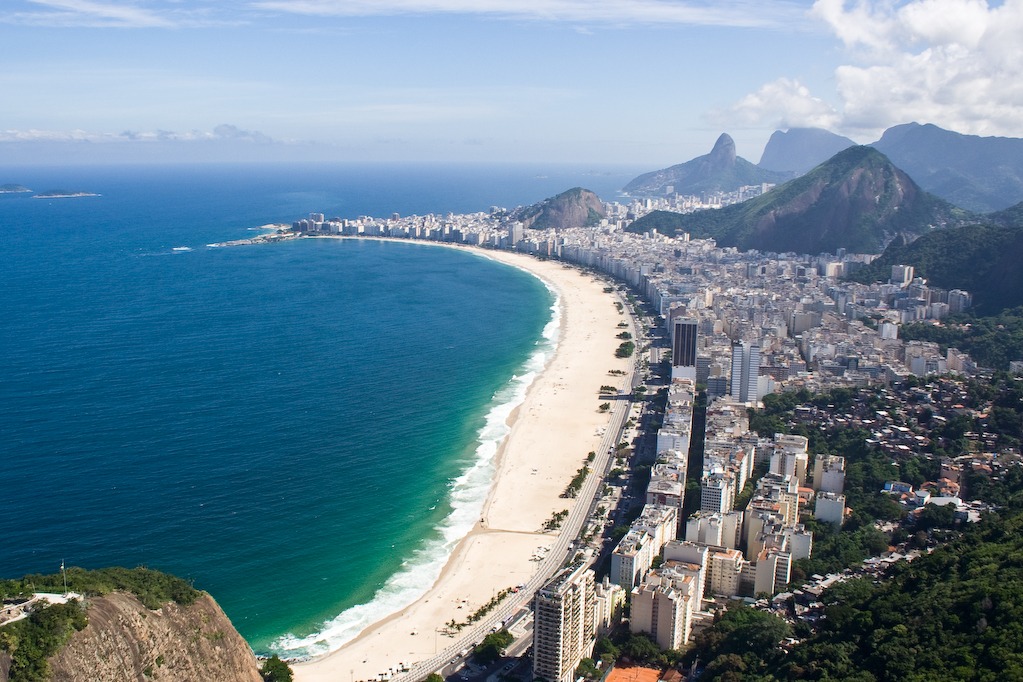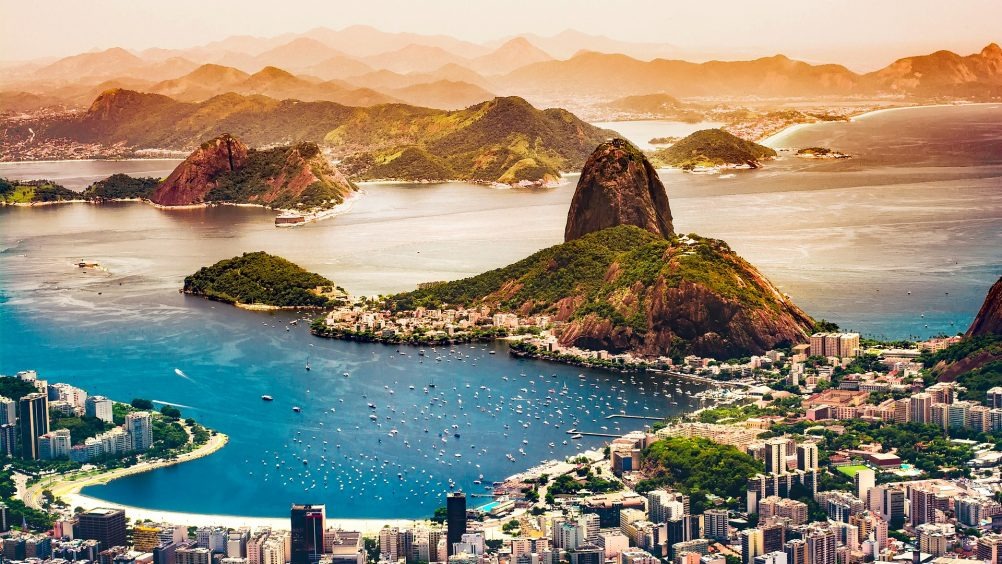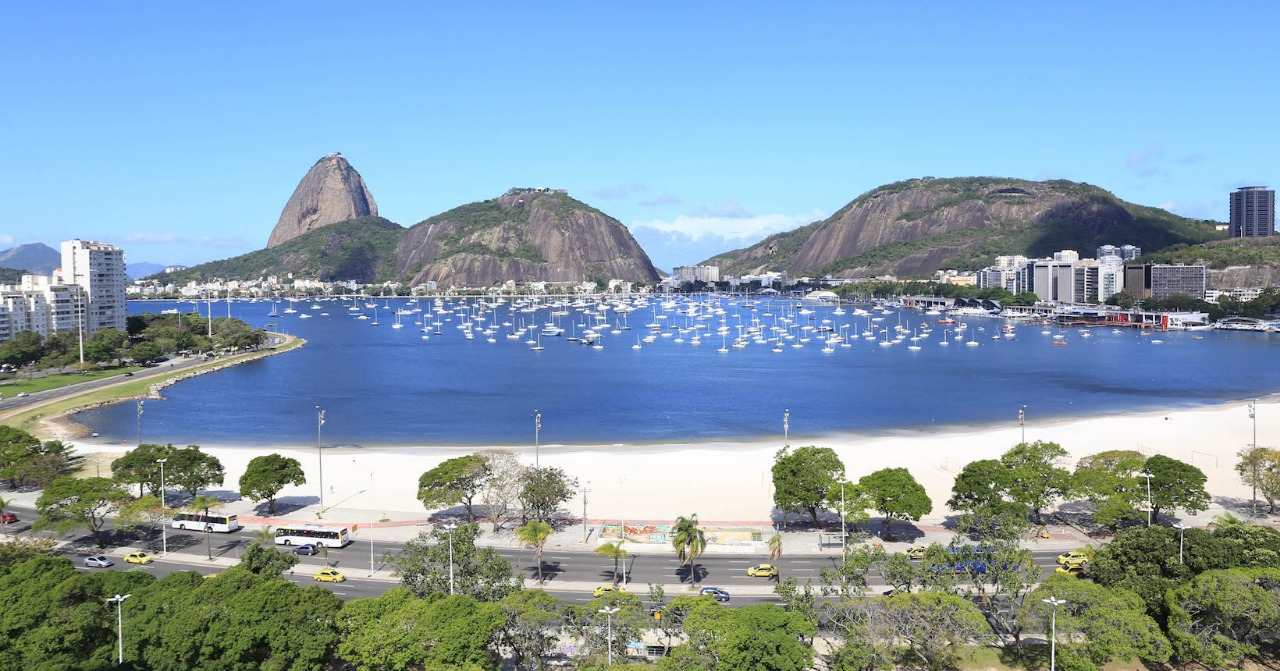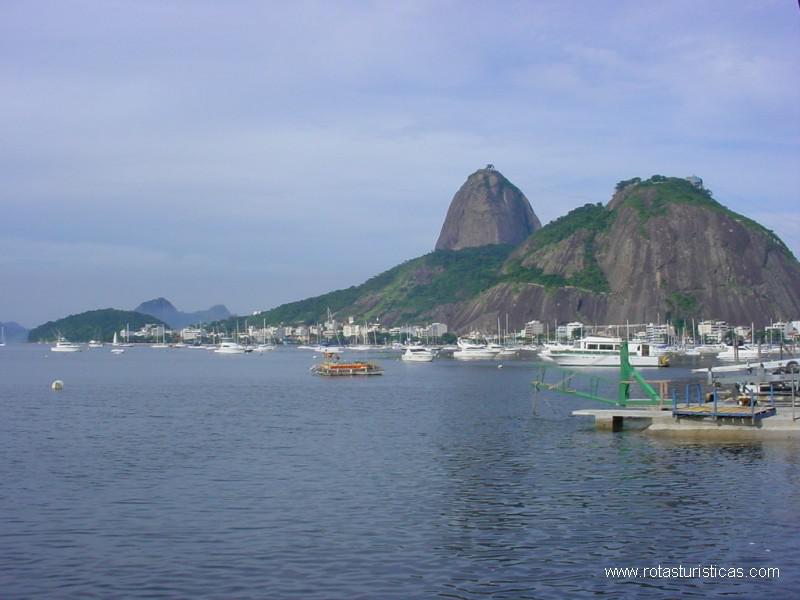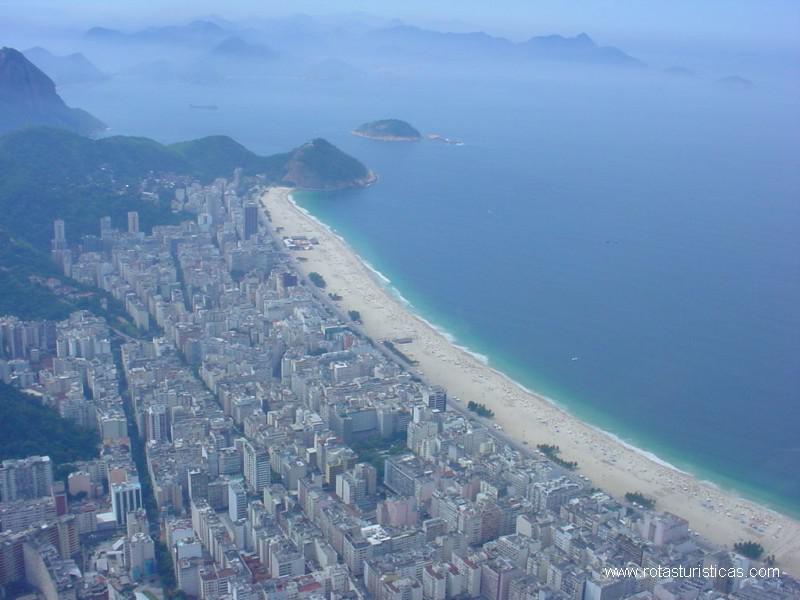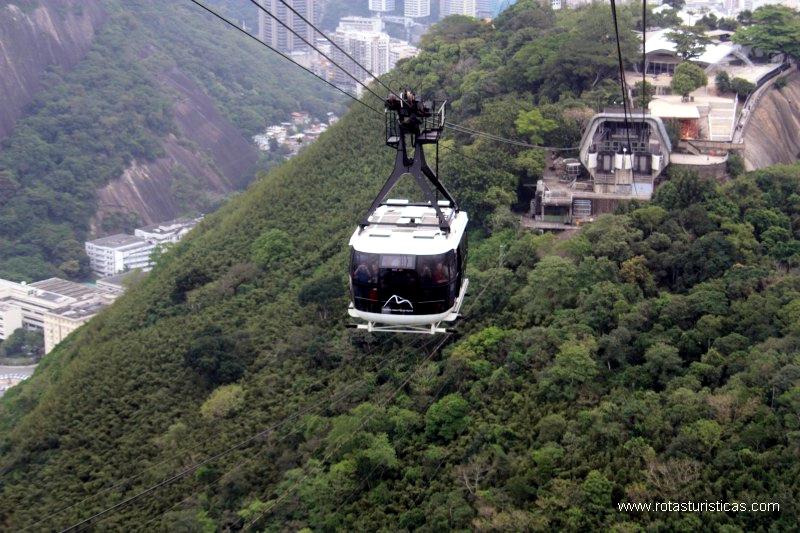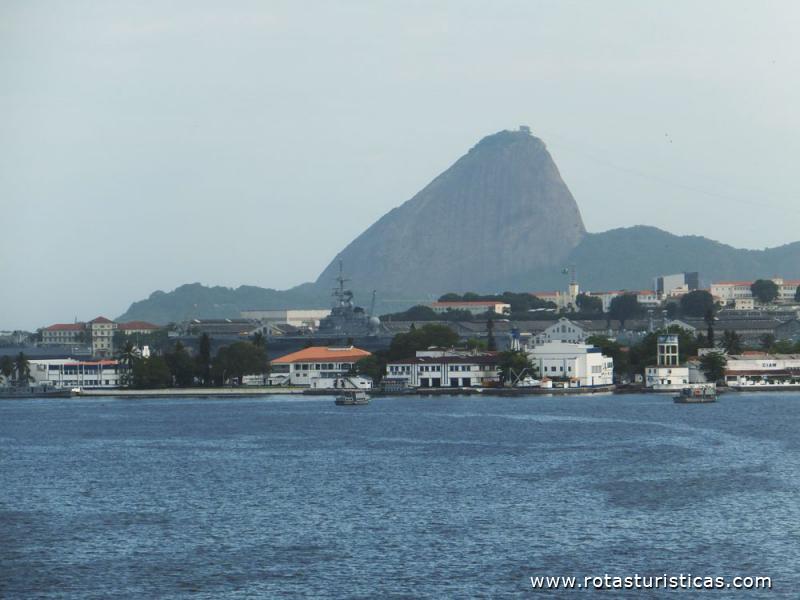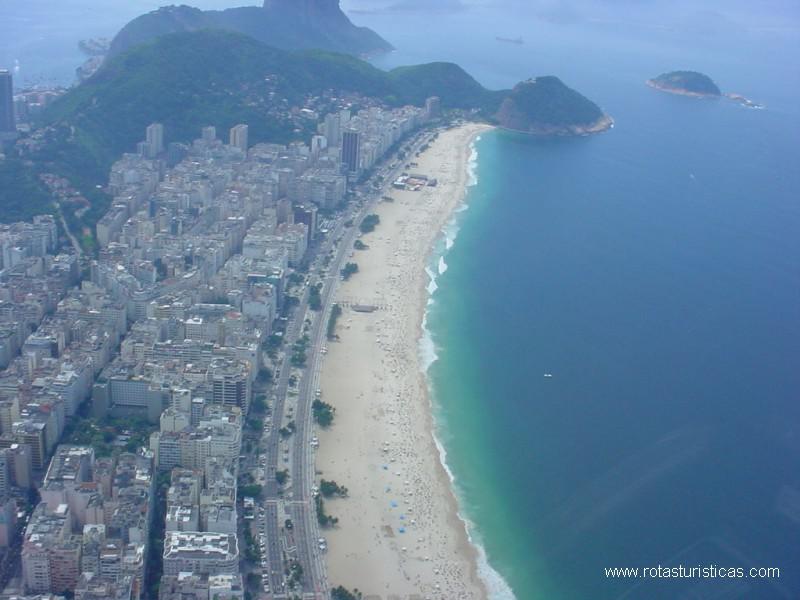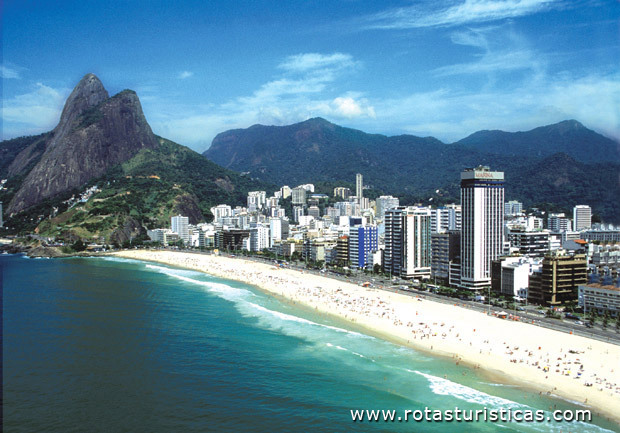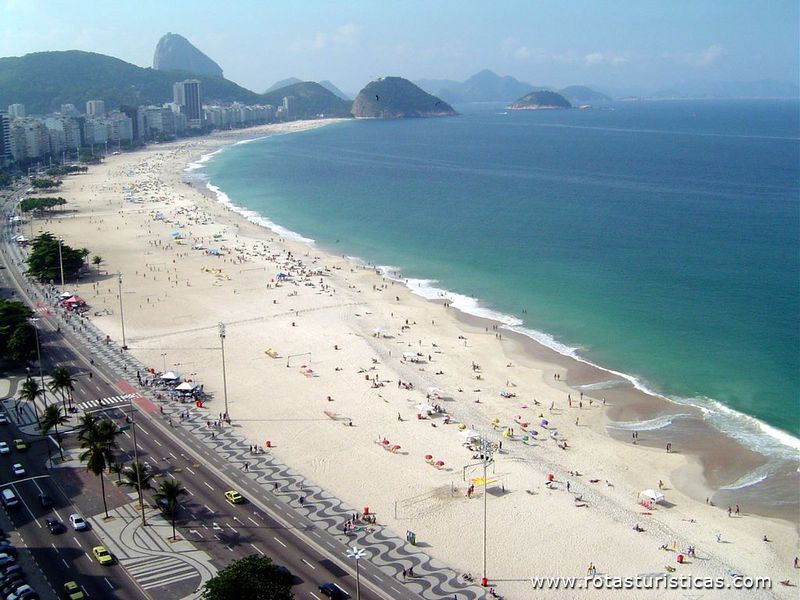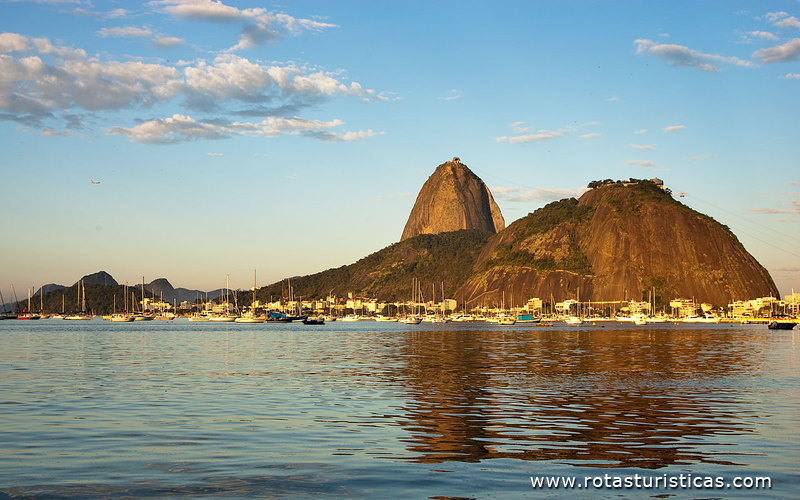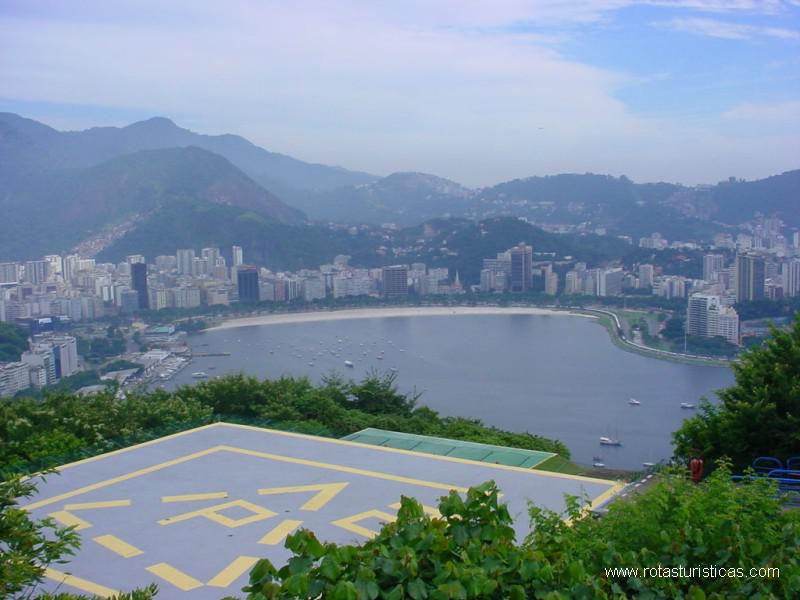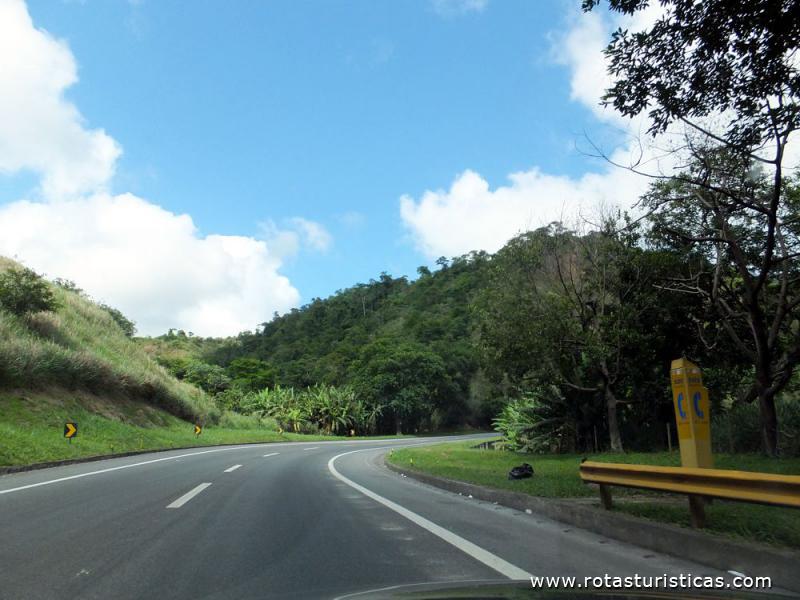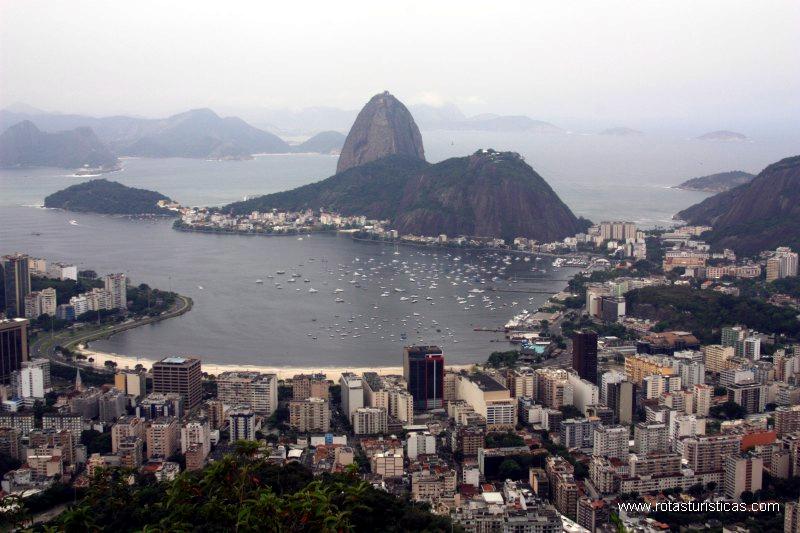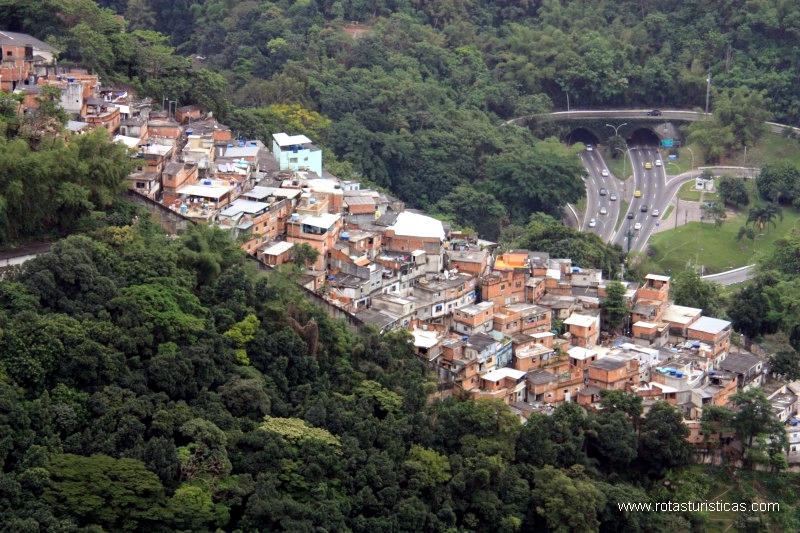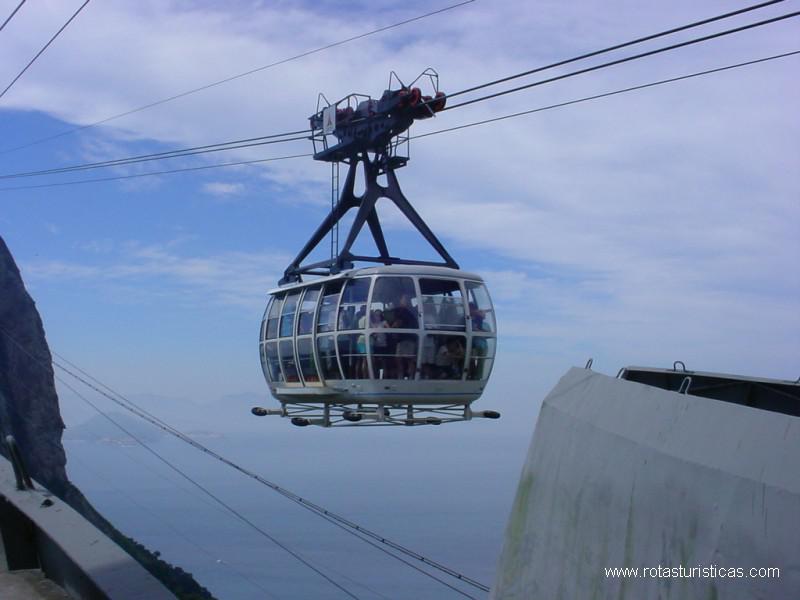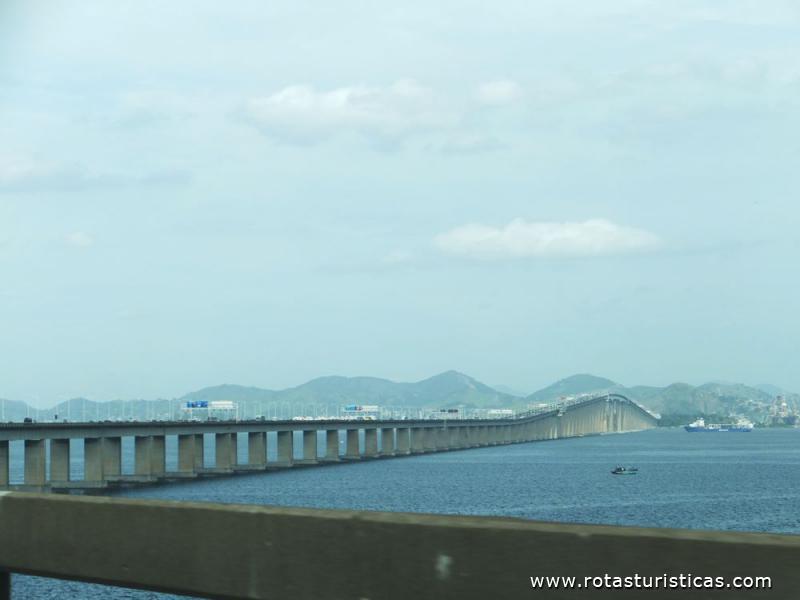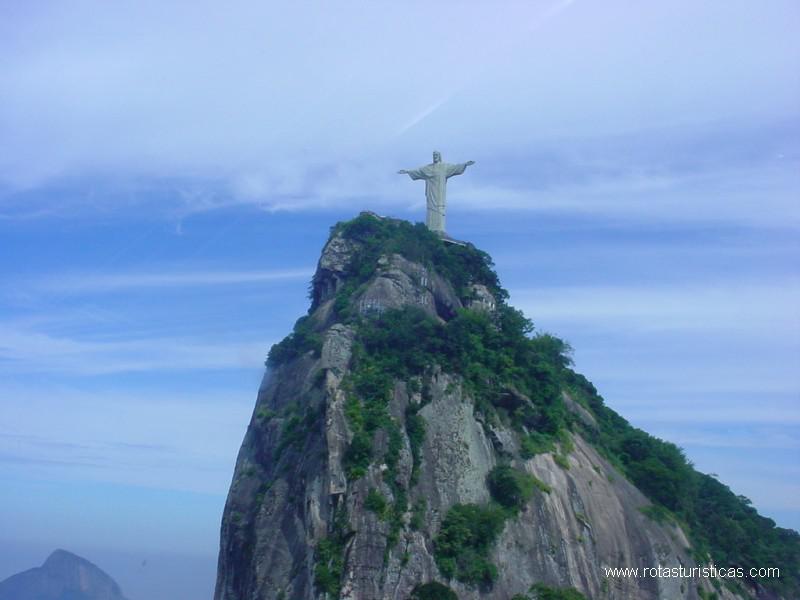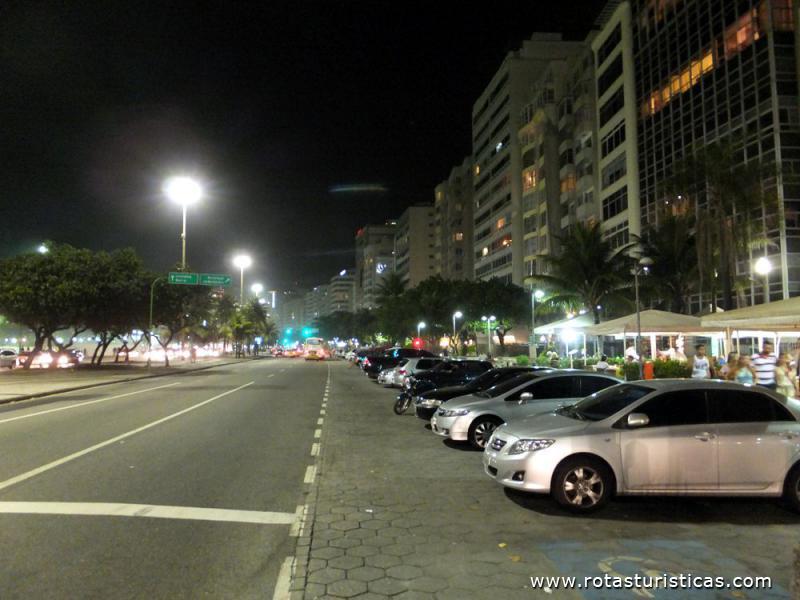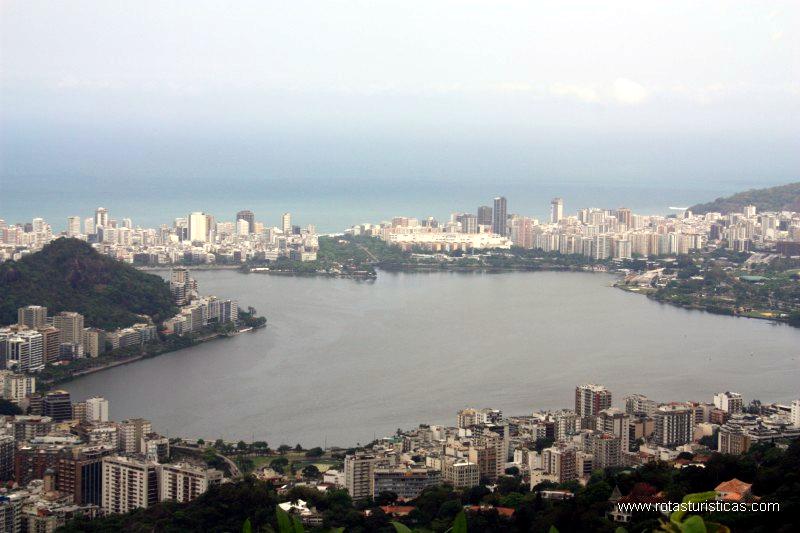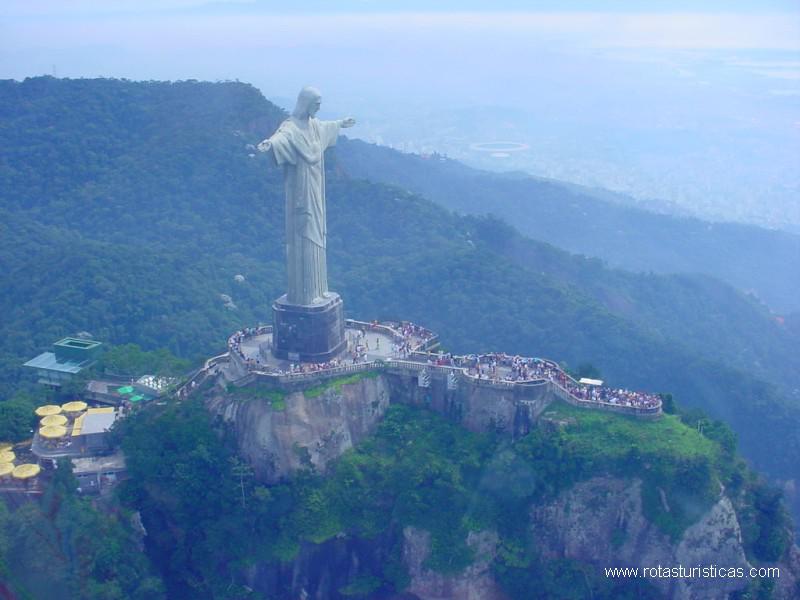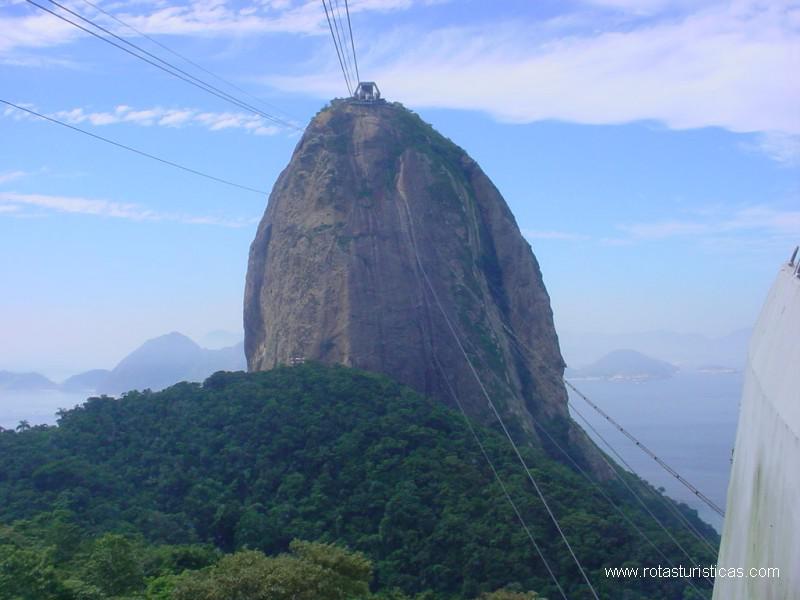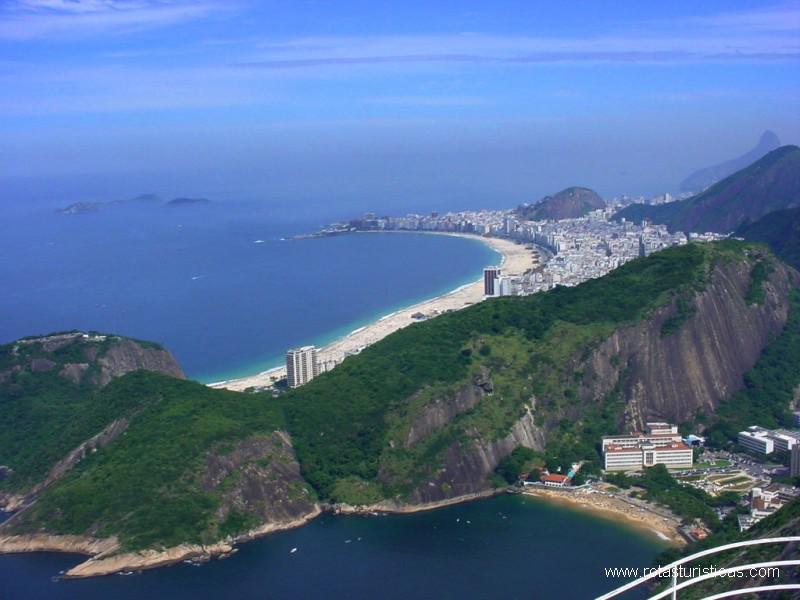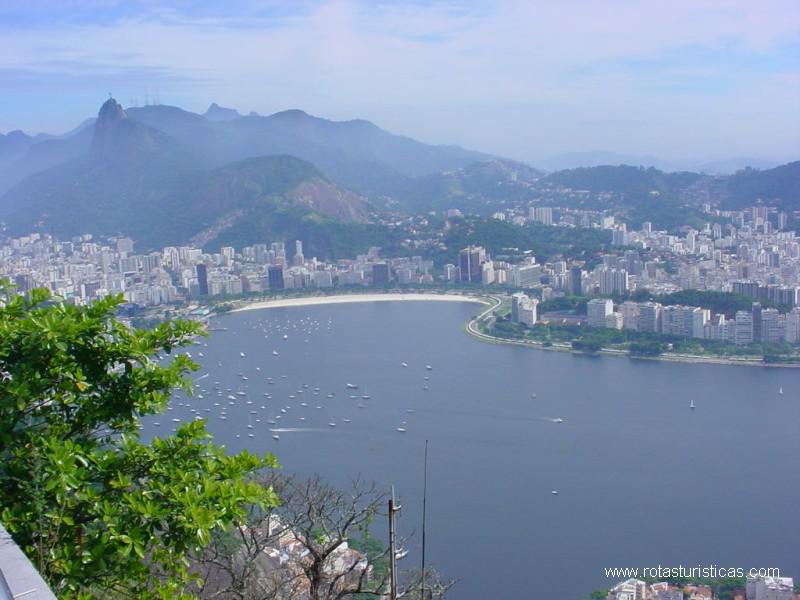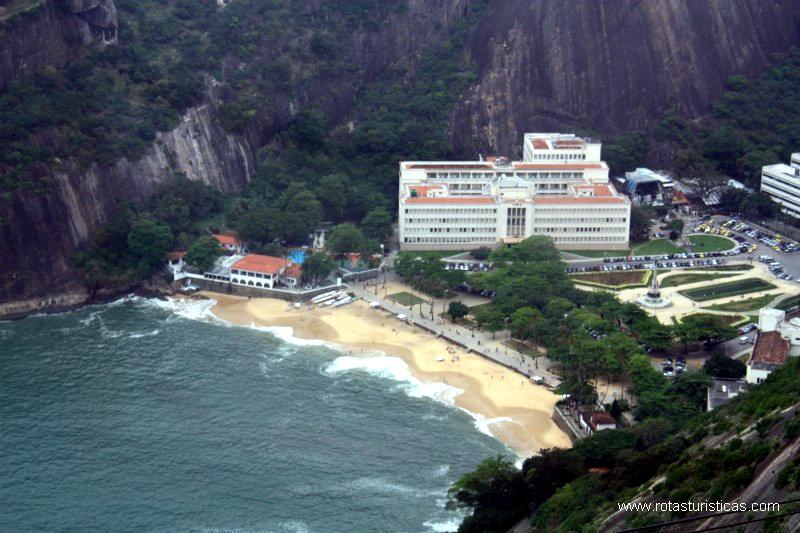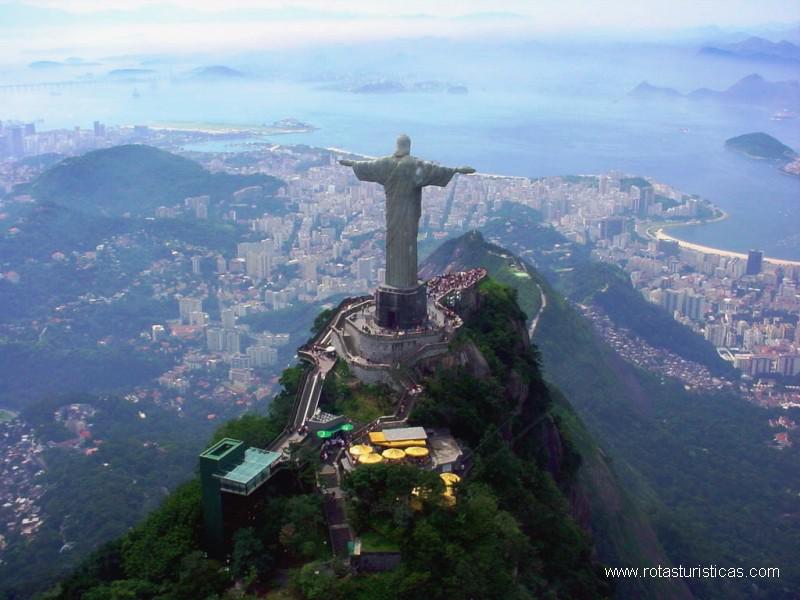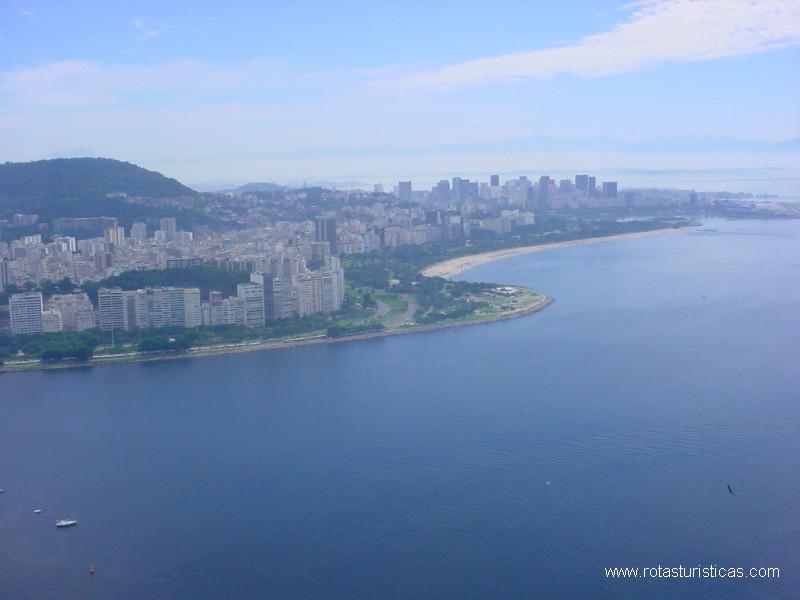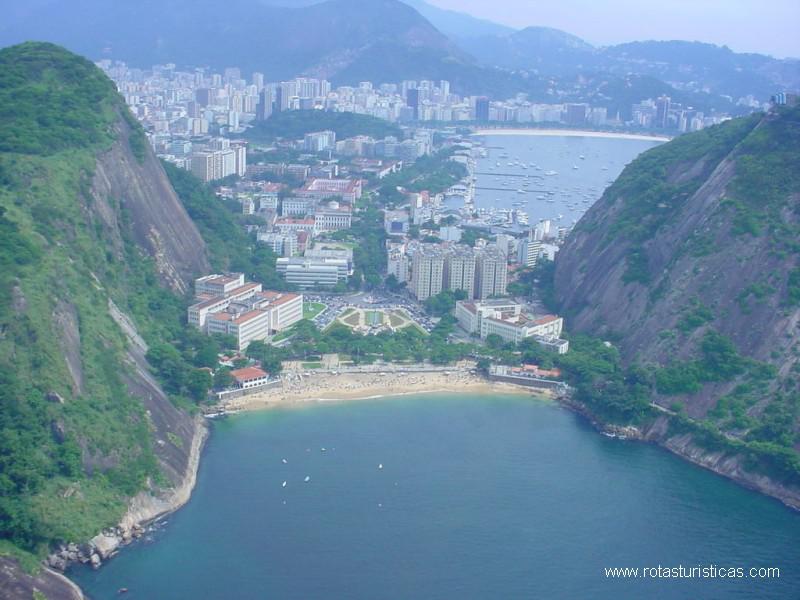Pictures of: Rio de Janeiro
Location map
Airports
Hotels and other Accommodation
Golf Courses
What to visit
Where to Eat
Where to have fun
Consulates & Embassies
World Nomads
The Travel Insurance with the largest coverage

The Travel Insurance with the largest coverage

Rio de Janeiro
Rio de Janeiro, commonly known simply as Rio, is the capital of the state of Rio de Janeiro, Brazil's second largest city, the third largest metropolitan area and agglomeration in South America, the 6th in the Americas, and 26th in the world.
Part of the city was designated as World Heritage, with the name "Rio de Janeiro: Carioca Landscapes between the Serra and the Sea", identified by UNESCO on July 1, 2012, in the category of Cultural Landscape.
Founded in 1565 by the Portuguese, the city was initially the seat of the Captaincy of Rio de Janeiro, a captaincy of the Portuguese Empire. Later, in 1793, it became the capital of the State of Brazil, and State of the Portuguese Empire. In 1808, when the Portuguese royal crown moved from Portugal to Brazil, Rio de Janeiro became the chosen seat of the court of D. Maria I of Portugal, who later, in 1815, under the leadership of her son, Prince Regent, and future king D. João VI of Portugal, elevated Brazil to the dignity of kingdom, within the United Kingdom of Portugal, Brazil and Algarves.
Rio became the capital of the Pluricontinental Lusitanian monarchy until 1822, when the War of Independence began. Later, it served as the capital of the independent monarchy, the Empire of Brazil, until 1889, and later the capital of a Republican Brazil until 1960, when the city of Brasilia, the new capital of the Federative Republic of Brazil, was built.
Part of the city was designated as World Heritage, with the name "Rio de Janeiro: Carioca Landscapes between the Serra and the Sea", identified by UNESCO on July 1, 2012, in the category of Cultural Landscape.
Founded in 1565 by the Portuguese, the city was initially the seat of the Captaincy of Rio de Janeiro, a captaincy of the Portuguese Empire. Later, in 1793, it became the capital of the State of Brazil, and State of the Portuguese Empire. In 1808, when the Portuguese royal crown moved from Portugal to Brazil, Rio de Janeiro became the chosen seat of the court of D. Maria I of Portugal, who later, in 1815, under the leadership of her son, Prince Regent, and future king D. João VI of Portugal, elevated Brazil to the dignity of kingdom, within the United Kingdom of Portugal, Brazil and Algarves.
Rio became the capital of the Pluricontinental Lusitanian monarchy until 1822, when the War of Independence began. Later, it served as the capital of the independent monarchy, the Empire of Brazil, until 1889, and later the capital of a Republican Brazil until 1960, when the city of Brasilia, the new capital of the Federative Republic of Brazil, was built.
Tourism
Rio de Janeiro never fails to impress with its modern perspective, which reflects its progression through the ages. The historical sites, shimmering beaches (Copacabana, Ipanema, etc), and the euphoric attitude of the inhabitants to embrace the tourists of the world, where the sky meets the earth. As Ronaldo played soccer (Estádio Jornalista Mário Filho / Estádio do Maracana), also, Christ Redeemer (Pão de Açúcar) placed Rio de Janeiro on the world map. The Rio de Janeiro Carnival (Sambódromo Marquês de Sapucaí), with its effervescent sambistas shaking the hips attracts thousands of tourists from all over the world. Its forest greenhouses (Rio de Janeiro Botanical Gardens), museums, beaches and the city's brightness have made Rio what it is today - Brazil's top tourist attraction.
Gastronomy
Feijoada became the national dish for Brazil. It is typical food for Saturday lunch, at home and in the best restaurants. This specialty is composed of cooked black beans with a variety of dried, salted and smoked meats, including often the tail, ears, feet, etc., of pork, served with white rice, finely grated kale, farofa (toasted cassava flour with butter) and cut oranges.
The seafood (shrimp and lobster, in particular) and fish are excellent in Rio de Janeiro.
The "barbecue" is a delicious experience, especially in the "caster" style.
Do not miss the typical and refreshing "caipirinha" - made from Brazilian liquor cachaça with lots of sugar and lemon juice.
The seafood (shrimp and lobster, in particular) and fish are excellent in Rio de Janeiro.
The "barbecue" is a delicious experience, especially in the "caster" style.
Do not miss the typical and refreshing "caipirinha" - made from Brazilian liquor cachaça with lots of sugar and lemon juice.
Weather
Although the climate of the region is generally tropical, hot and humid, the climate of Rio de Janeiro is strongly affected by its topography, its proximity to the ocean, and the shape of the Southern Cone of South America.
Along the coast, the breeze, blowing alternately onshore and offshore, changes the temperature. Due to its geographical location, the city is often reached, especially during the fall and winter - by cold fronts advancing from Antarctica, which cause frequent climate changes.
The highest precipitation rate is found in the urban area of Botanical Garden.
The temperature varies according to the altitude, the distance from the coast, and the type of vegetation. Winter (June to September) is particularly pleasant, both because of its mild temperatures and because it is generally less rainy than in summer (December to March), which is also warmer. The average annual temperature in Rio is about 73 ° F (23 ° C).
Along the coast, the breeze, blowing alternately onshore and offshore, changes the temperature. Due to its geographical location, the city is often reached, especially during the fall and winter - by cold fronts advancing from Antarctica, which cause frequent climate changes.
The highest precipitation rate is found in the urban area of Botanical Garden.
The temperature varies according to the altitude, the distance from the coast, and the type of vegetation. Winter (June to September) is particularly pleasant, both because of its mild temperatures and because it is generally less rainy than in summer (December to March), which is also warmer. The average annual temperature in Rio is about 73 ° F (23 ° C).
Other tourist destinations in:
Brazil
Brazil
Other world tourist destinations
Why to book with
The best prices
Our partnerships with the world´s largest operators offer research on the best market prices.
More options
At Rotas Turisticos you can book the hotel, buy the air ticket, book the transfer from the airport to the hotel and vice versa, book the local excursions, rent the car, take travel insurance and consult the places to visit and where to go.
Holiday Tips & Destinations
Hundreds of holiday destinations with all the options that allow you to easily choose the destination that best suits your dream vacation.
Links

